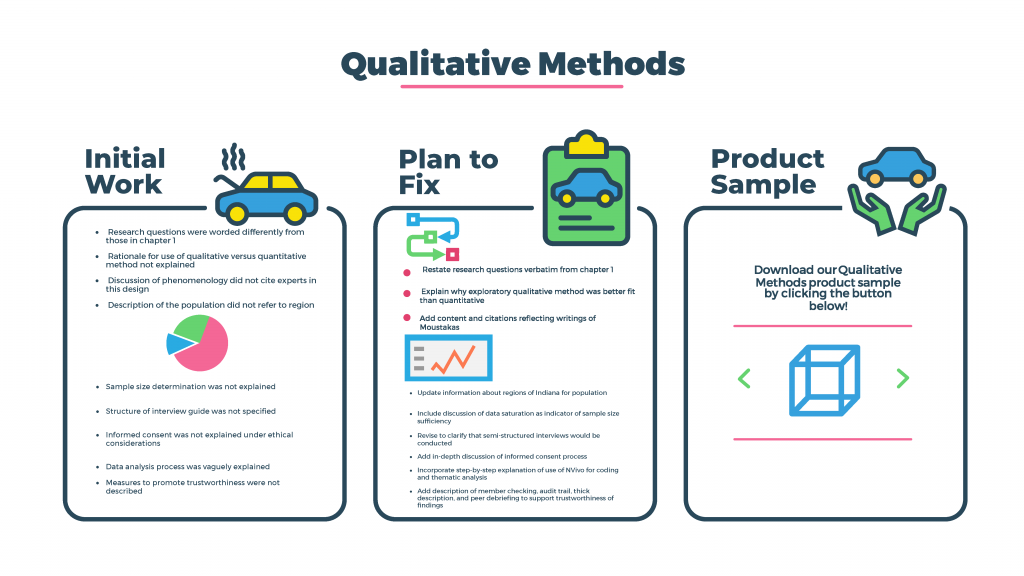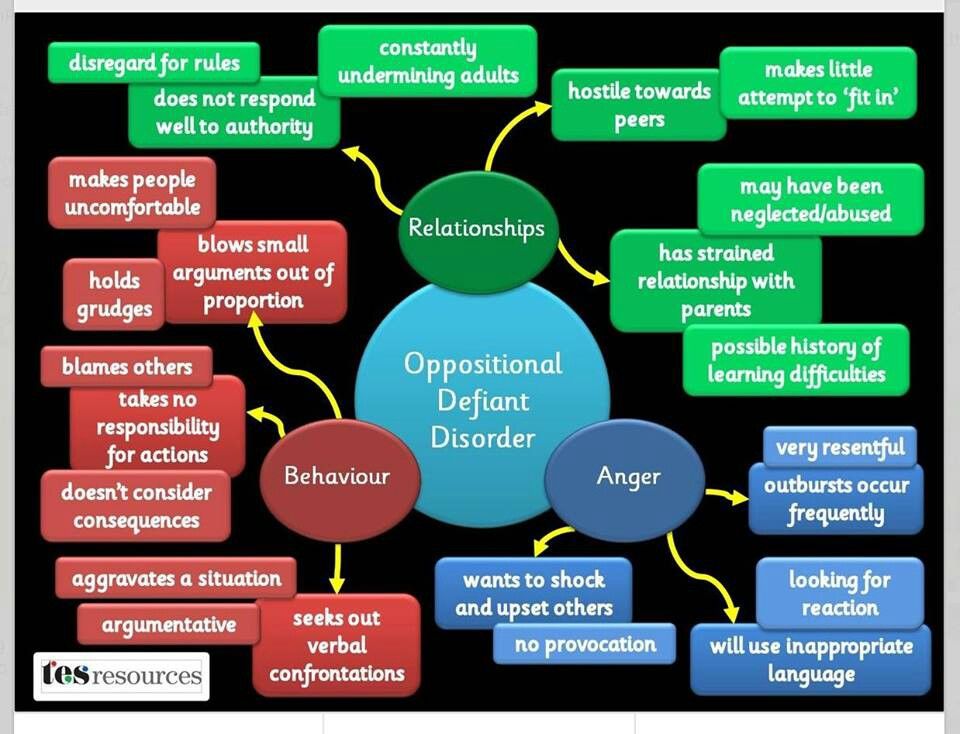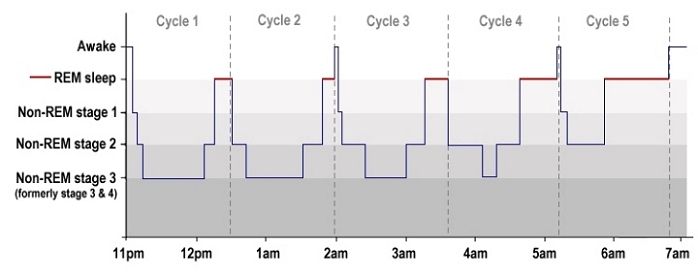Aims of scientific research
Chapter 1 Science and Scientific Research
What is research? Depending on who you ask, you will likely get very different answers to this seemingly innocuous question. Some people will say that they routinely research different online websites to find the best place to buy goods or services they want. Television news channels supposedly conduct research in the form of viewer polls on topics of public interest such as forthcoming elections or government-funded projects. Undergraduate students research the Internet to find the information they need to complete assigned projects or term papers. Graduate students working on research projects for a professor may see research as collecting or analyzing data related to their project. Businesses and consultants research different potential solutions to remedy organizational problems such as a supply chain bottleneck or to identify customer purchase patterns. However, none of the above can be considered “scientific research” unless: (1) it contributes to a body of science, and (2) it follows the scientific method.
This chapter will examine what these terms mean.
Science
What is science? To some, science refers to difficult high school or college-level courses such as physics, chemistry, and biology meant only for the brightest students. To others, science is a craft practiced by scientists in white coats using specialized equipment in their laboratories. Etymologically, the word “science” is derived from the Latin word scientia meaning knowledge. Science refers to a systematic and organized body of knowledge in any area of inquiry that is acquired using “the scientific method” (the scientific method is described further below). Science can be grouped into two broad categories: natural science and social science. Natural science is the science of naturally occurring objects or phenomena, such as light, objects, matter, earth, celestial bodies, or the human body. Natural sciences can be further classified into physical sciences, earth sciences, life sciences, and others. Physical sciences consist of disciplines such as physics (the science of physical objects), chemistry (the science of matter), and astronomy (the science of celestial objects).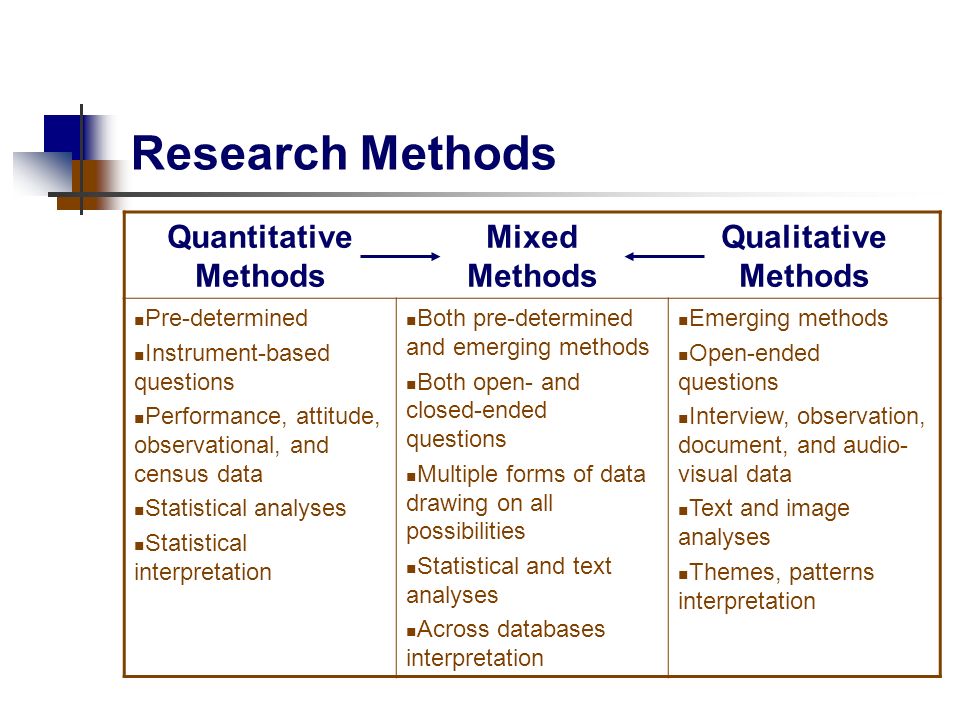 Earth sciences consist of disciplines such as geology (the science of the earth). Life sciences include disciplines such as biology (the science of human bodies) and botany (the science of plants). In contrast, social science is the science of people or collections of people, such as groups, firms, societies, or economies, and their individual or collective behaviors. Social sciences can be classified into disciplines such as psychology (the science of human behaviors), sociology (the science of social groups), and economics (the science of firms, markets, and economies).
Earth sciences consist of disciplines such as geology (the science of the earth). Life sciences include disciplines such as biology (the science of human bodies) and botany (the science of plants). In contrast, social science is the science of people or collections of people, such as groups, firms, societies, or economies, and their individual or collective behaviors. Social sciences can be classified into disciplines such as psychology (the science of human behaviors), sociology (the science of social groups), and economics (the science of firms, markets, and economies).
The natural sciences are different from the social sciences in several respects. The natural sciences are very precise, accurate, deterministic, and independent of the person m aking the scientific observations. For instance, a scientific experiment in physics, such as measuring the speed of sound through a certain media or the refractive index of water, should always yield the exact same results, irrespective of the time or place of the experiment, or the person conducting the experiment.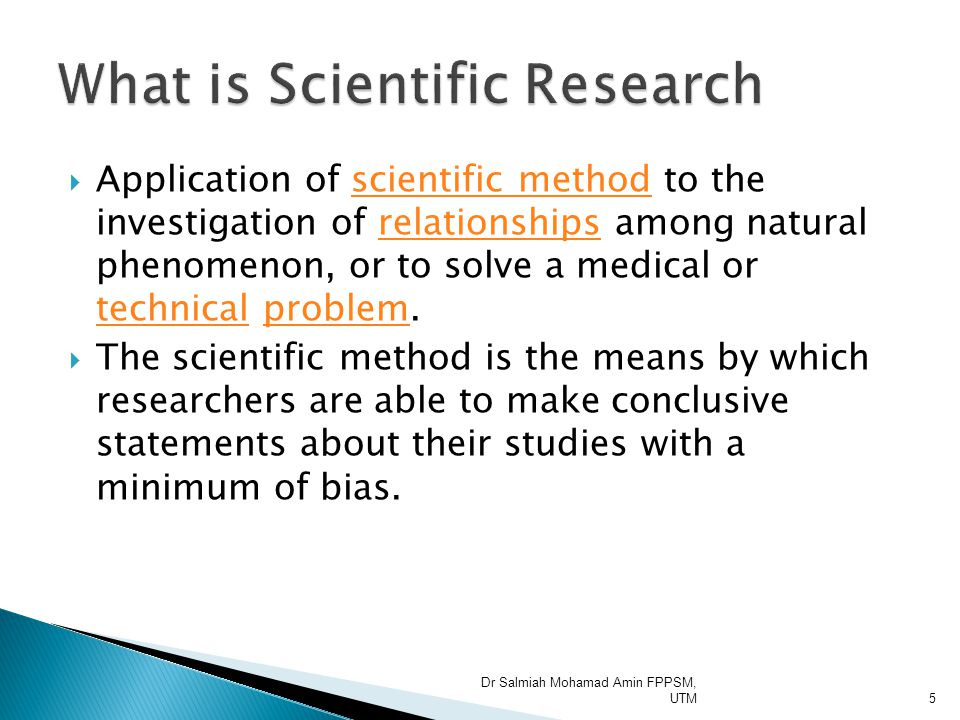 If two students conducting the same physics experiment obtain two different values of these physical properties, then it generally means that one or both of those students must be in error. However, the same cannot be said for the social sciences, which tend to be less accurate, deterministic, or unambiguous. For instance, if you measure a person’s happiness using a hypothetical instrument, you may find that the same person is more happy or less happy (or sad) on different days and sometimes, at different times on the same day. One’s happiness may vary depending on the news that person received that day or on the events that transpired earlier during that day. Furthermore, there is not a single instrument or metric that can accurately measure a person’s happiness. Hence, one instrument may calibrate a person as being “more happy” while a second instrument may find that the same person is “less happy” at the same instant in time. In other words, there is a high degree of measurement error in the social sciences and there is considerable uncertainty and little agreement on social science policy decisions.
If two students conducting the same physics experiment obtain two different values of these physical properties, then it generally means that one or both of those students must be in error. However, the same cannot be said for the social sciences, which tend to be less accurate, deterministic, or unambiguous. For instance, if you measure a person’s happiness using a hypothetical instrument, you may find that the same person is more happy or less happy (or sad) on different days and sometimes, at different times on the same day. One’s happiness may vary depending on the news that person received that day or on the events that transpired earlier during that day. Furthermore, there is not a single instrument or metric that can accurately measure a person’s happiness. Hence, one instrument may calibrate a person as being “more happy” while a second instrument may find that the same person is “less happy” at the same instant in time. In other words, there is a high degree of measurement error in the social sciences and there is considerable uncertainty and little agreement on social science policy decisions.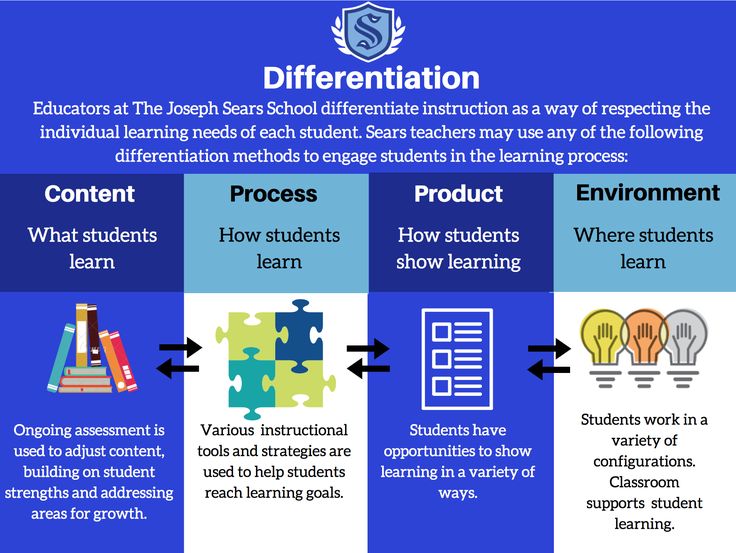 For instance, you will not find many disagreements among natural scientists on the speed of light or the speed of the earth around the sun, but you will find numerous disagreements among social scientists on how to solve a social problem such as reduce global terrorism or rescue an economy from a recession. Any student studying the social sciences must be cognizant of and comfortable with handling higher levels of ambiguity, uncertainty, and error that come with such sciences, which merely reflects the high variability of social objects.
For instance, you will not find many disagreements among natural scientists on the speed of light or the speed of the earth around the sun, but you will find numerous disagreements among social scientists on how to solve a social problem such as reduce global terrorism or rescue an economy from a recession. Any student studying the social sciences must be cognizant of and comfortable with handling higher levels of ambiguity, uncertainty, and error that come with such sciences, which merely reflects the high variability of social objects.
Sciences can also be classified based on their purpose. Basic sciences , also called pure sciences, are those that explain the most basic objects and forces, relationships between them, and laws governing them. Examples include physics, mathematics, and biology. Applied sciences , also called practical sciences, are sciences that apply scientific knowledge from basic sciences in a physical environment. For instance, engineering is an applied science that applies the laws of physics and chemistry for practical applications such as building stronger bridges or fuel efficient combustion engines, while medicine is an applied science that applies the laws of biology for solving human ailments.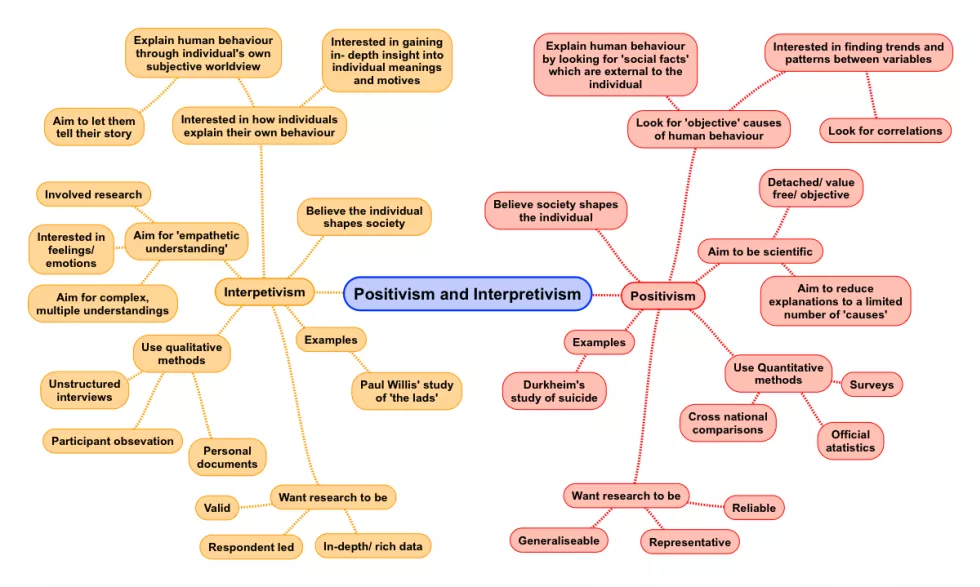 Both basic and applied sciences are required for human development. However, applied sciences cannot stand on their own right, but instead relies on basic sciences for its progress. Of course, the industry and private enterprises tend to focus more on applied sciences given their practical value, while universities study both basic and applied sciences.
Both basic and applied sciences are required for human development. However, applied sciences cannot stand on their own right, but instead relies on basic sciences for its progress. Of course, the industry and private enterprises tend to focus more on applied sciences given their practical value, while universities study both basic and applied sciences.
Scientific Knowledge
The purpose of science is to create scientific knowledge. Scientific knowledge refers to a generalized body of laws and theories to explain a phenomenon or behavior of interest that are acquired using the scientific method. Laws are observed patterns of phenomena or behaviors, while theories are systematic explanations of the underlying phenomenon or behavior. For instance, in physics, the Newtonian Laws of Motion describe what happens when an object is in a state of rest or motion (Newton’s First Law), what force is needed to move a stationary object or stop a moving object (Newton’s Second Law), and what happens when two objects collide (Newton’s Third Law).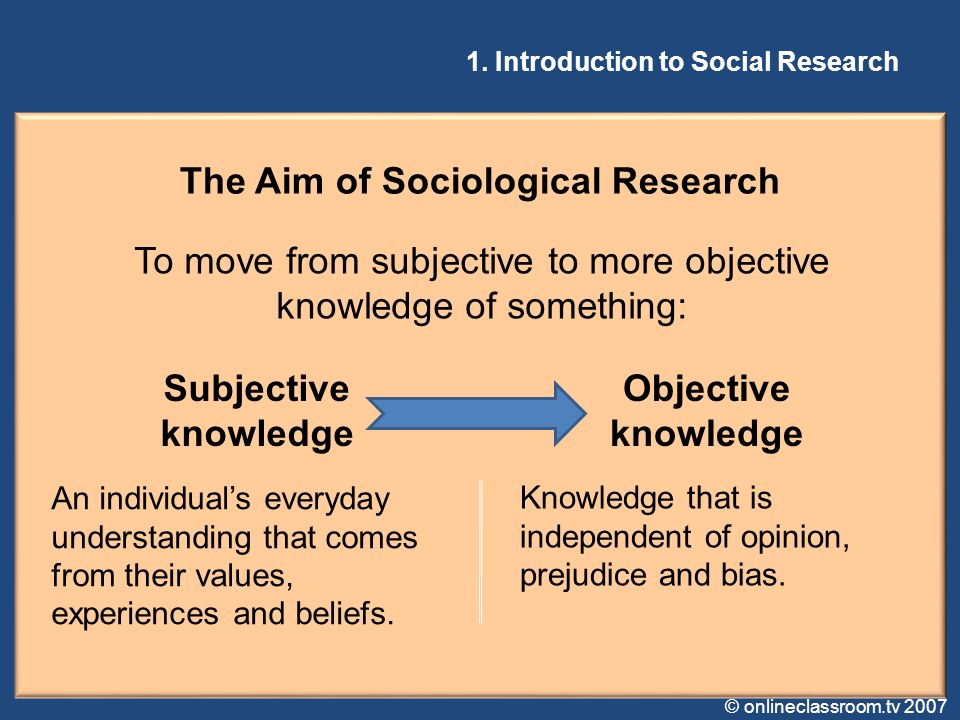 Collectively, the three laws constitute the basis of classical mechanics – a theory of moving objects. Likewise, the theory of optics explains the properties of light and how it behaves in different media, electromagnetic theory explains the properties of electricity and how to generate it, quantum mechanics explains the properties of subatomic \particles, and thermodynamics explains the properties of energy and mechanical work. An introductory college level text book in physics will likely contain separate chapters devoted to each of these theories. Similar theories are also available in social sciences. For instance, cognitive dissonance theory in psychology explains how people react when their observations of an event is different from what they expected of that event, general deterrence theory explains why some people engage in improper or criminal behaviors, such as illegally download music or commit software piracy, and the theory of planned behavior explains how people make conscious reasoned choices in their everyday lives.
Collectively, the three laws constitute the basis of classical mechanics – a theory of moving objects. Likewise, the theory of optics explains the properties of light and how it behaves in different media, electromagnetic theory explains the properties of electricity and how to generate it, quantum mechanics explains the properties of subatomic \particles, and thermodynamics explains the properties of energy and mechanical work. An introductory college level text book in physics will likely contain separate chapters devoted to each of these theories. Similar theories are also available in social sciences. For instance, cognitive dissonance theory in psychology explains how people react when their observations of an event is different from what they expected of that event, general deterrence theory explains why some people engage in improper or criminal behaviors, such as illegally download music or commit software piracy, and the theory of planned behavior explains how people make conscious reasoned choices in their everyday lives.
The goal of scientific research is to discover laws and postulate theories that can explain natural or social phenomena, or in other words, build scientific knowledge. It is important to understand that this knowledge may be imperfect or even quite far from the truth. Sometimes, there may not be a single universal truth, but rather an equilibrium of “multiple truths.” We must understand that the theories, upon which scientific knowledge is based, are only explanations of a particular phenomenon, as suggested by a scientist. As such, there may be good or poor explanations, depending on the extent to which those explanations fit well with reality, and consequently, there may be good or poor theories. The progress of science is marked by our progression over time from poorer theories to better theories, through better observations using more accurate instruments and more informed logical reasoning.
We arrive at scientific laws or theories through a process of logic and evidence.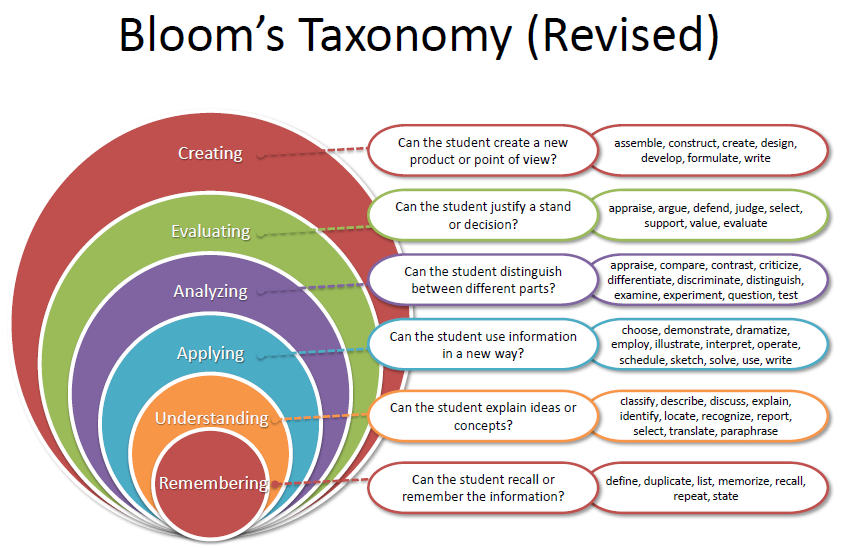 Logic (theory) and evidence (observations) are the two, and only two, pillars upon which scientific knowledge is based. In science, theories and observations are interrelated and cannot exist without each other. Theories provide meaning and significance to what we observe, and observations help validate or refine existing theory or construct new theory. Any other means of knowledge acquisition, such as faith or authority cannot be considered science.
Logic (theory) and evidence (observations) are the two, and only two, pillars upon which scientific knowledge is based. In science, theories and observations are interrelated and cannot exist without each other. Theories provide meaning and significance to what we observe, and observations help validate or refine existing theory or construct new theory. Any other means of knowledge acquisition, such as faith or authority cannot be considered science.
Scientific Research
Given that theories and observations are the two pillars of science, scientific research operates at two levels: a theoretical level and an empirical level. The theoretical level is concerned with developing abstract concepts about a natural or social phenomenon and relationships between those concepts (i.e., build “theories”), while the empirical level is concerned with testing the theoretical concepts and relationships to see how well they reflect our observations of reality, with the goal of ultimately building better theories. Over time, a theory becomes more and more refined (i.e., fits the observed reality better), and the science gains maturity. Scientific research involves continually moving back and forth between theory and observations. Both theory and observations are essential components of scientific research. For instance, relying solely on observations for making inferences and ignoring theory is not considered valid scientific research.
Over time, a theory becomes more and more refined (i.e., fits the observed reality better), and the science gains maturity. Scientific research involves continually moving back and forth between theory and observations. Both theory and observations are essential components of scientific research. For instance, relying solely on observations for making inferences and ignoring theory is not considered valid scientific research.
Depending on a researcher’s training and interest, scientific inquiry may take one of two possible forms: inductive or deductive. In inductive research , the goal of a researcher is to infer theoretical concepts and patterns from observed data. In deductive research , the goal of the researcher is to test concepts and patterns known from theory using new empirical data. Hence, inductive research is also called theory-building research, and deductive research is theory-testing research. Note here that the goal of theory-testing is not just to test a theory, but possibly to refine, improve, and extend it. Figure 1.1 depicts the complementary nature of inductive and deductive research. Note that inductive and deductive research are two halves of the research cycle that constantly iterates between theory and observations. You cannot do inductive or deductive research if you are not familiar with both the theory and data components of research. Naturally, a complete researcher is one who can traverse the entire research cycle and can handle both inductive and deductive research.
Figure 1.1 depicts the complementary nature of inductive and deductive research. Note that inductive and deductive research are two halves of the research cycle that constantly iterates between theory and observations. You cannot do inductive or deductive research if you are not familiar with both the theory and data components of research. Naturally, a complete researcher is one who can traverse the entire research cycle and can handle both inductive and deductive research.
It is important to understand that theory-building (inductive research) and theory-testing (deductive research) are both critical for the advancement of science. Elegant theories are not valuable if they do not match with reality. Likewise, mountains of data are also useless until they can contribute to the construction to meaningful theories. Rather than viewing these two processes in a circular relationship, as shown in Figure 1.1, perhaps they can be better viewed as a helix, with each iteration between theory and data contributing to better explanations of the phenomenon of interest and better theories.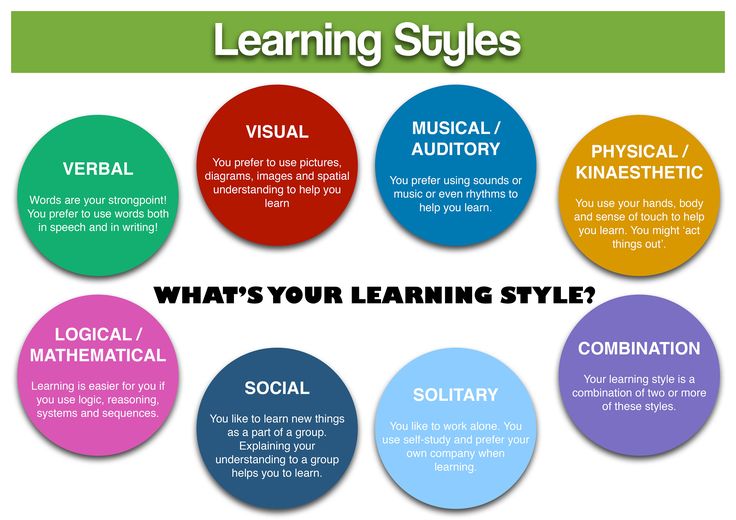 Though both inductive and deductive research are important for the advancement of science, it appears that inductive (theory-building) research is more valuable when there are few prior theories or explanations, while deductive (theory-testing) research is more productive when there are many competing theories of the same phenomenon and researchers are interested in knowing which theory works best and under what circumstances.
Though both inductive and deductive research are important for the advancement of science, it appears that inductive (theory-building) research is more valuable when there are few prior theories or explanations, while deductive (theory-testing) research is more productive when there are many competing theories of the same phenomenon and researchers are interested in knowing which theory works best and under what circumstances.
Figure 1.1. The Cycle of Research
Theory building and theory testing are particularly difficult in the social sciences, given the imprecise nature of the theoretical concepts, inadequate tools to measure them, and the presence of many unaccounted factors that can also influence the phenomenon of interest. It is also very difficult to refute theories that do not work. For instance, Karl Marx’s theory of communism as an effective means of economic production withstood for decades, before it was finally discredited as being inferior to capitalism in promoting economic growth and social welfare. Erstwhile communist economies like the Soviet Union and China eventually moved toward more capitalistic economies characterized by profit-maximizing private enterprises. However, the recent collapse of the mortgage and financial industries in the United States demonstrates that capitalism also has its flaws and is not as effective in fostering economic growth and social welfare as previously presumed. Unlike theories in the natural sciences, social science theories are rarely perfect, which provides numerous opportunities for researchers to improve those theories or build their own alternative theories.
Erstwhile communist economies like the Soviet Union and China eventually moved toward more capitalistic economies characterized by profit-maximizing private enterprises. However, the recent collapse of the mortgage and financial industries in the United States demonstrates that capitalism also has its flaws and is not as effective in fostering economic growth and social welfare as previously presumed. Unlike theories in the natural sciences, social science theories are rarely perfect, which provides numerous opportunities for researchers to improve those theories or build their own alternative theories.
Conducting scientific research, therefore, requires two sets of skills – theoretical and methodological – needed to operate in the theoretical and empirical levels respectively. Methodological skills (“know-how”) are relatively standard, invariant across disciplines, and easily acquired through doctoral programs. However, theoretical skills (“know-what”) is considerably harder to master, requires years of observation and reflection, and are tacit skills that cannot be “taught” but rather learned though experience. All of the greatest scientists in the history of mankind, such as Galileo, Newton, Einstein, Neils Bohr, Adam Smith, Charles Darwin, and Herbert Simon, were master theoreticians, and they are remembered for the theories they postulated that transformed the course of science. Methodological skills are needed to be an ordinary researcher, but theoretical skills are needed to be an extraordinary researcher!
All of the greatest scientists in the history of mankind, such as Galileo, Newton, Einstein, Neils Bohr, Adam Smith, Charles Darwin, and Herbert Simon, were master theoreticians, and they are remembered for the theories they postulated that transformed the course of science. Methodological skills are needed to be an ordinary researcher, but theoretical skills are needed to be an extraordinary researcher!
Scientific Method
In the preceding sections, we described science as knowledge acquired through a scientific method. So what exactly is the “scientific method”? Scientific method refers to a standardized set of techniques for building scientific knowledge, such as how to make valid observations, how to interpret results, and how to generalize those results. The scientific method allows researchers to independently and impartially test preexisting theories and prior findings, and subject them to open debate, modifications, or enhancements. The scientific method must satisfy four characteristics:
- Replicability: Others should be able to independently replicate or repeat a scientific study and obtain similar, if not identical, results.

- Precision: Theoretical concepts, which are often hard to measure, must be defined with such precision that others can use those definitions to measure those concepts and test that theory.
- Falsifiability: A theory must be stated in a way that it can be disproven. Theories that cannot be tested or falsified are not scientific theories and any such knowledge is not scientific knowledge. A theory that is specified in imprecise terms or whose concepts are not accurately measurable cannot be tested, and is therefore not scientific. Sigmund Freud’s ideas on psychoanalysis fall into this category and is therefore not considered a
“theory”, even though psychoanalysis may have practical utility in treating certain types of ailments.
- Parsimony: When there are multiple explanations of a phenomenon, scientists must always accept the simplest or logically most economical explanation. This concept is called parsimony or “Occam’s razor.” Parsimony prevents scientists from pursuing overly complex or outlandish theories with endless number of concepts and relationships that may explain a little bit of everything but nothing in particular.
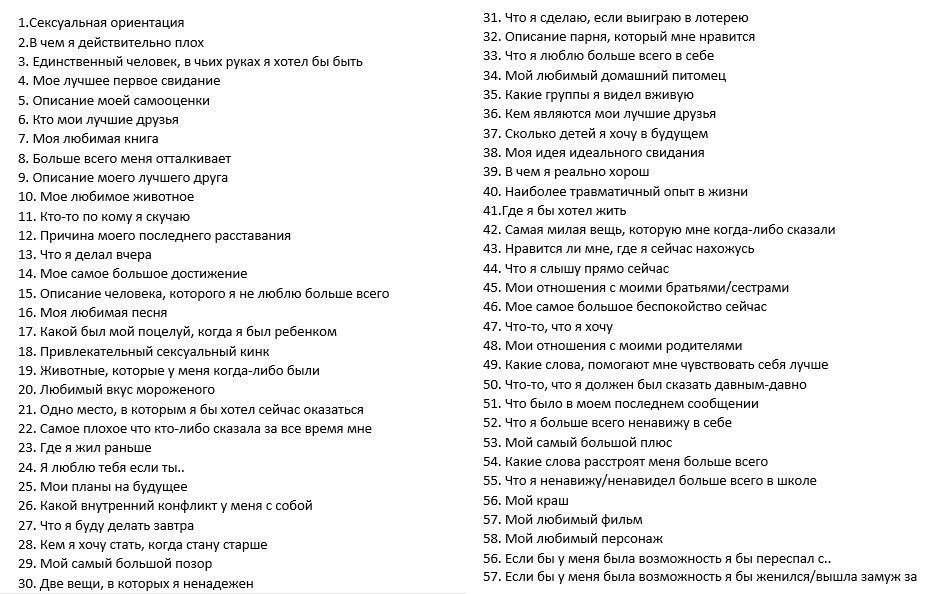
Any branch of inquiry that does not allow the scientific method to test its basic laws or theories cannot be called “science.” For instance, theology (the study of religion) is not science because theological ideas (such as the presence of God) cannot be tested by independent observers using a replicable, precise, falsifiable, and parsimonious method. Similarly, arts, music, literature, humanities, and law are also not considered science, even though they are creative and worthwhile endeavors in their own right.
The scientific method, as applied to social sciences, includes a variety of research approaches, tools, and techniques, such as qualitative and quantitative data, statistical analysis, experiments, field surveys, case research, and so forth. Most of this book is devoted to learning about these different methods. However, recognize that the scientific method operates primarily at the empirical level of research, i.e., how to make observations and analyze and interpret these observations. Very little of this method is directly pertinent to the theoretical level, which is really the more challenging part of scientific research.
Very little of this method is directly pertinent to the theoretical level, which is really the more challenging part of scientific research.
Types of Scientific Research
Depending on the purpose of research, scientific research projects can be grouped into three types: exploratory, descriptive, and explanatory. Exploratory research is often conducted in new areas of inquiry, where the goals of the research are: (1) to scope out the magnitude or extent of a particular phenomenon, problem, or behavior, (2) to generate some initial ideas (or “hunches”) about that phenomenon, or (3) to test the feasibility of undertaking a more extensive study regarding that phenomenon. For instance, if the citizens of a country are generally dissatisfied with governmental policies regarding during an economic recession, exploratory research may be directed at measuring the extent of citizens’ dissatisfaction, understanding how such dissatisfaction is manifested, such as the frequency of public protests, and the presumed causes of such dissatisfaction, such as ineffective government policies in dealing with inflation, interest rates, unemployment, or higher taxes. Such research may include examination of publicly reported figures, such as estimates of economic indicators, such as gross domestic product (GDP), unemployment, and consumer price index, as archived by third-party sources, obtained through interviews of experts, eminent economists, or key government officials, and/or derived from studying historical examples of dealing with similar problems. This research may not lead to a very accurate understanding of the target problem, but may be worthwhile in scoping out the nature and extent of the problem and serve as a useful precursor to more in-depth research.
Such research may include examination of publicly reported figures, such as estimates of economic indicators, such as gross domestic product (GDP), unemployment, and consumer price index, as archived by third-party sources, obtained through interviews of experts, eminent economists, or key government officials, and/or derived from studying historical examples of dealing with similar problems. This research may not lead to a very accurate understanding of the target problem, but may be worthwhile in scoping out the nature and extent of the problem and serve as a useful precursor to more in-depth research.
Descriptive research is directed at making careful observations and detailed documentation of a phenomenon of interest. These observations must be based on the scientific method (i.e., must be replicable, precise, etc.), and therefore, are more reliable than casual observations by untrained people. Examples of descriptive research are tabulation of demographic statistics by the United States Census Bureau or employment statistics by the Bureau of Labor, who use the same or similar instruments for estimating employment by sector or population growth by ethnicity over multiple employment surveys or censuses.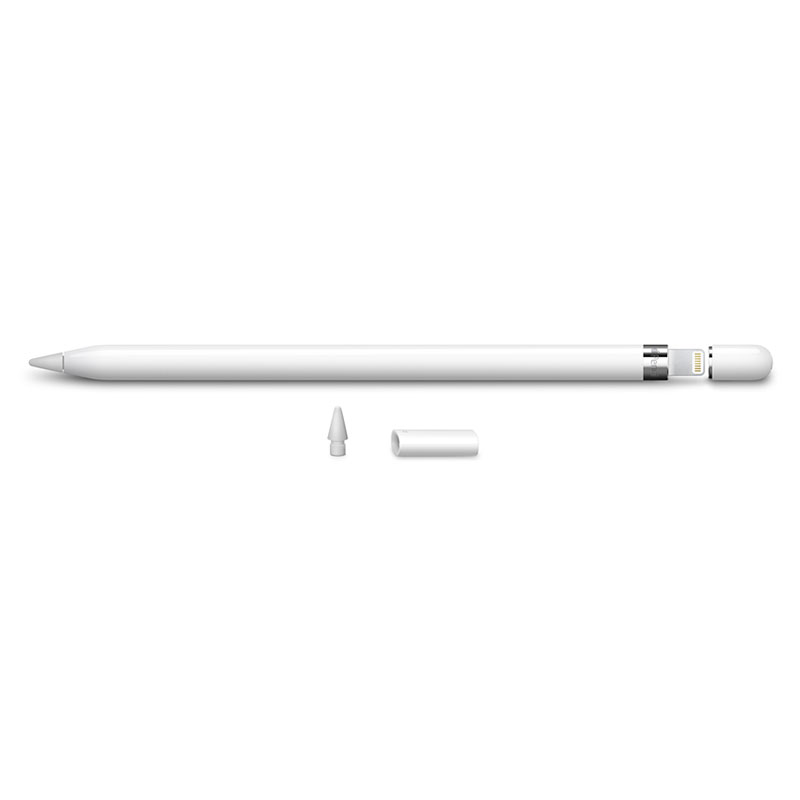 If any changes are made to the measuring instruments, estimates are provided with and without the changed instrumentation to allow the readers to make a fair before-and-after comparison regarding population or employment trends. Other descriptive research may include chronicling ethnographic reports of gang activities among adolescent youth in urban populations, the persistence or evolution of religious, cultural, or ethnic practices in select communities, and the role of technologies such as Twitter and instant messaging in the spread of democracy movements in Middle Eastern countries.
If any changes are made to the measuring instruments, estimates are provided with and without the changed instrumentation to allow the readers to make a fair before-and-after comparison regarding population or employment trends. Other descriptive research may include chronicling ethnographic reports of gang activities among adolescent youth in urban populations, the persistence or evolution of religious, cultural, or ethnic practices in select communities, and the role of technologies such as Twitter and instant messaging in the spread of democracy movements in Middle Eastern countries.
Explanatory research seeks explanations of observed phenomena, problems, or behaviors. While descriptive research examines the what, where, and when of a phenomenon, explanatory research seeks answers to why and how types of questions. It attempts to “connect the dots” in research, by identifying causal factors and outcomes of the target phenomenon. Examples include understanding the reasons behind adolescent crime or gang violence, with the goal of prescribing strategies to overcome such societal ailments.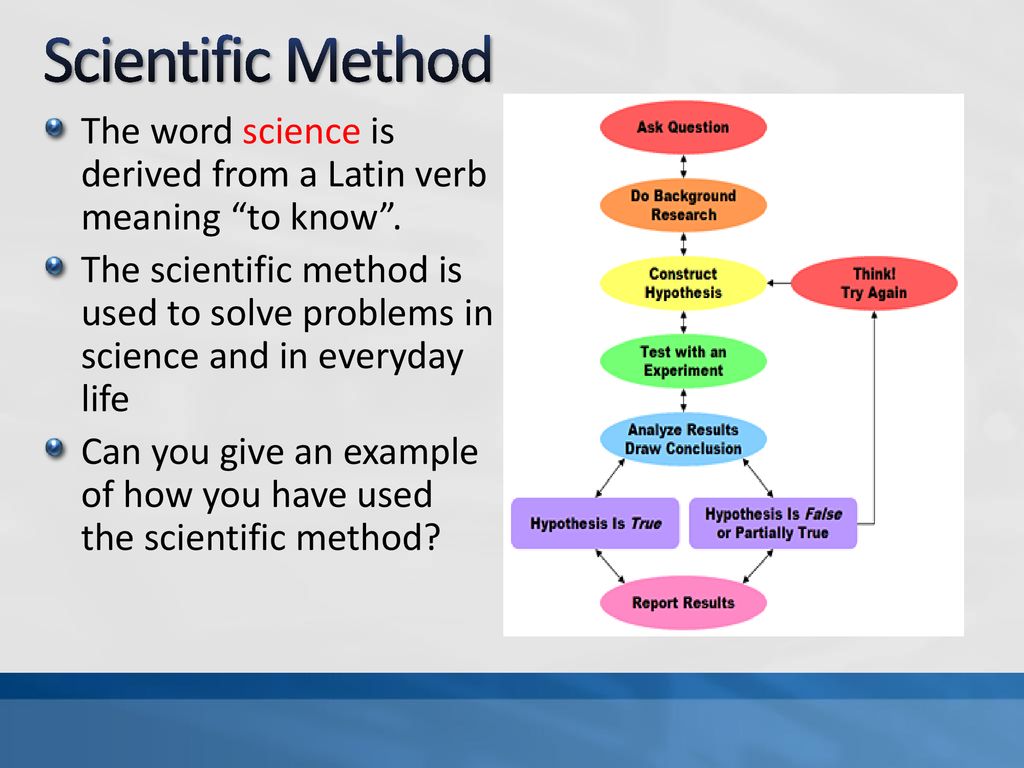 Most academic or doctoral research belongs to the explanation category, though some amount of exploratory and/or descriptive research may also be needed during initial phases of academic research. Seeking explanations for observed events requires strong theoretical and interpretation skills, along with intuition, insights, and personal experience. Those who can do it well are also the most prized scientists in their disciplines.
Most academic or doctoral research belongs to the explanation category, though some amount of exploratory and/or descriptive research may also be needed during initial phases of academic research. Seeking explanations for observed events requires strong theoretical and interpretation skills, along with intuition, insights, and personal experience. Those who can do it well are also the most prized scientists in their disciplines.
History of Scientific Thought
Before closing this chapter, it may be interesting to go back in history and see how science has evolved over time and identify the key scientific minds in this evolution. Although instances of scientific progress have been documented over many centuries, the terms “science,” “scientists,” and the “scientific method” were coined only in the 19 th century. Prior to this time, science was viewed as a part of philosophy, and coexisted with other branches of philosophy such as logic, metaphysics, ethics, and aesthetics, although the boundaries between some of these branches were blurred.
In the earliest days of human inquiry, knowledge was usually recognized in terms of theological precepts based on faith. This was challenged by Greek philosophers such as Plato, Aristotle, and Socrates during the 3 rd century BC, who suggested that the fundamental nature of being and the world can be understood more accurately through a process of systematic logical reasoning called rationalism . In particular, Aristotle’s classic work Metaphysics (literally meaning “beyond physical [existence]”) separated theology (the study of Gods) from ontology (the study of being and existence) and universal science (the study of first principles, upon which logic is based). Rationalism (not to be confused with “rationality”) views reason as the source of knowledge or justification, and suggests that the criterion of truth is not sensory but rather intellectual and deductive, often derived from a set of first principles or axioms (such as Aristotle’s “law of non-contradiction”).
The next major shift in scientific thought occurred during the 16 th century, when British philosopher Francis Bacon (1561-1626) suggested that knowledge can only be derived from observations in the real world.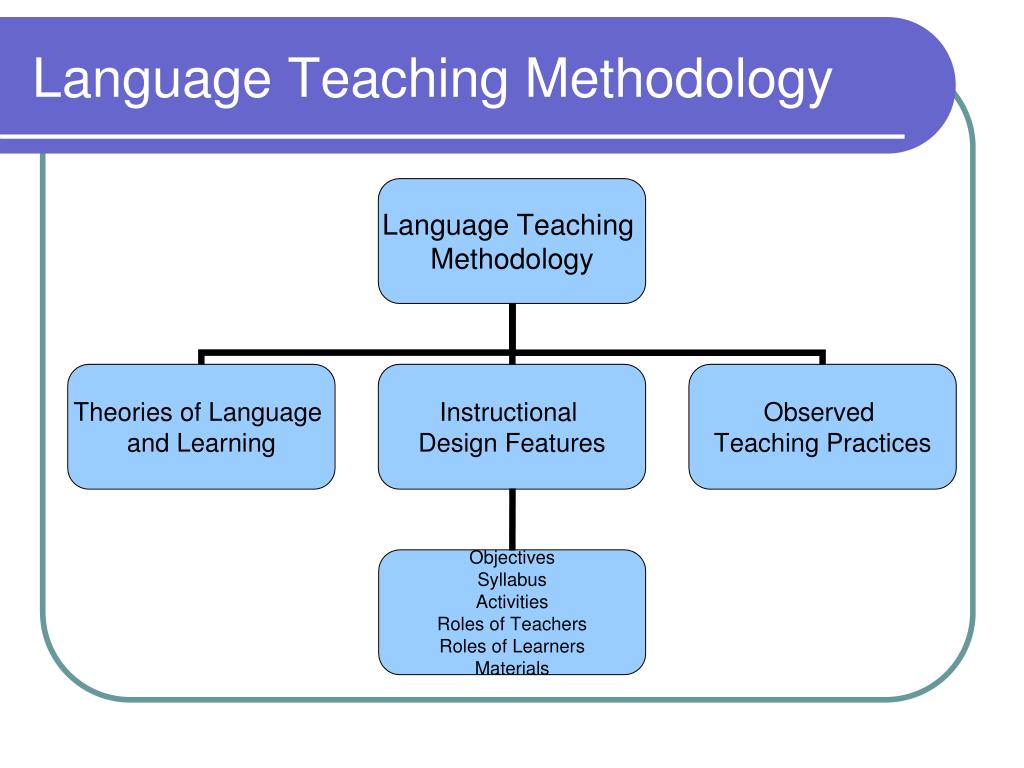 Based on this premise, Bacon emphasized knowledge acquisition as an empirical activity (rather than as a reasoning activity), and developed empiricism as an influential branch of philosophy. Bacon’s works led to the popularization of inductive methods of scientific inquiry, the development of the “scientific method” (originally called the “Baconian method”), consisting of systematic observation, measurement, and experimentation, and may have even sowed the seeds of atheism or the rejection of theological precepts as “unobservable.”
Based on this premise, Bacon emphasized knowledge acquisition as an empirical activity (rather than as a reasoning activity), and developed empiricism as an influential branch of philosophy. Bacon’s works led to the popularization of inductive methods of scientific inquiry, the development of the “scientific method” (originally called the “Baconian method”), consisting of systematic observation, measurement, and experimentation, and may have even sowed the seeds of atheism or the rejection of theological precepts as “unobservable.”
Empiricism continued to clash with rationalism throughout the Middle Ages, as philosophers sought the most effective way of gaining valid knowledge. French philosopher Rene Descartes sided with the rationalists, while British philosophers John Locke and David Hume sided with the empiricists. Other scientists, such as Galileo Galilei and Sir Issac Newton, attempted to fuse the two ideas into natural philosophy (the philosophy of nature), to focus specifically on understanding nature and the physical universe, which is considered to be the precursor of the natural sciences. Galileo (1564-1642) was perhaps the first to state that the laws of nature are mathematical, and contributed to the field of astronomy through an innovative combination of experimentation and mathematics.
Galileo (1564-1642) was perhaps the first to state that the laws of nature are mathematical, and contributed to the field of astronomy through an innovative combination of experimentation and mathematics.
In the 18 th century, German philosopher Immanuel Kant sought to resolve the dispute between empiricism and rationalism in his book Critique of Pure Reason , by arguing that experience is purely subjective and processing them using pure reason without first delving into the subjective nature of experiences will lead to theoretical illusions. Kant’s ideas led to the development of German idealism , which inspired later development of interpretive techniques such as phenomenology, hermeneutics, and critical social theory.
At about the same time, French philosopher Auguste Comte (1798–1857), founder of the discipline of sociology, attempted to blend rationalism and empiricism in a new doctrine called positivism . He suggested that theory and observations have circular dependence on each other.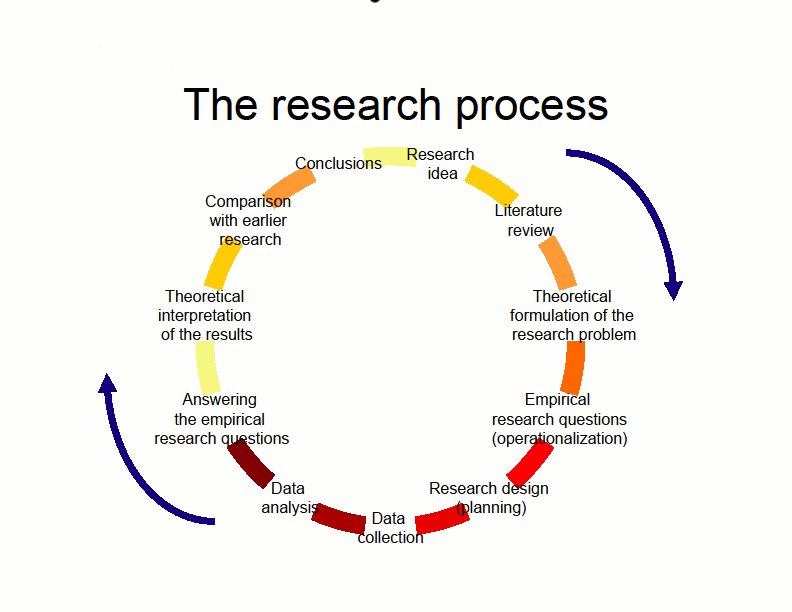 While theories may be created via reasoning, they are only authentic if they can be verified through observations. The emphasis on verification started the separation of modern science from philosophy and metaphysics and further development of the “scientific method” as the primary means of validating scientific claims. Comte’s ideas were expanded by Emile Durkheim in his development of sociological positivism (positivism as a foundation for social research) and Ludwig Wittgenstein in logical positivism.
While theories may be created via reasoning, they are only authentic if they can be verified through observations. The emphasis on verification started the separation of modern science from philosophy and metaphysics and further development of the “scientific method” as the primary means of validating scientific claims. Comte’s ideas were expanded by Emile Durkheim in his development of sociological positivism (positivism as a foundation for social research) and Ludwig Wittgenstein in logical positivism.
In the early 20 th century, strong accounts of positivism were rejected by interpretive sociologists (antipositivists) belonging to the German idealism school of thought. Positivism was typically equated with quantitative research methods such as experiments and surveys and without any explicit philosophical commitments, while antipositivism employed qualitative methods such as unstructured interviews and participant observation. Even practitioners of positivism, such as American sociologist Paul Lazarsfield who pioneered large-scale survey research and statistical techniques for analyzing survey data, acknowledged potential problems of observer bias and structural limitations in positivist inquiry.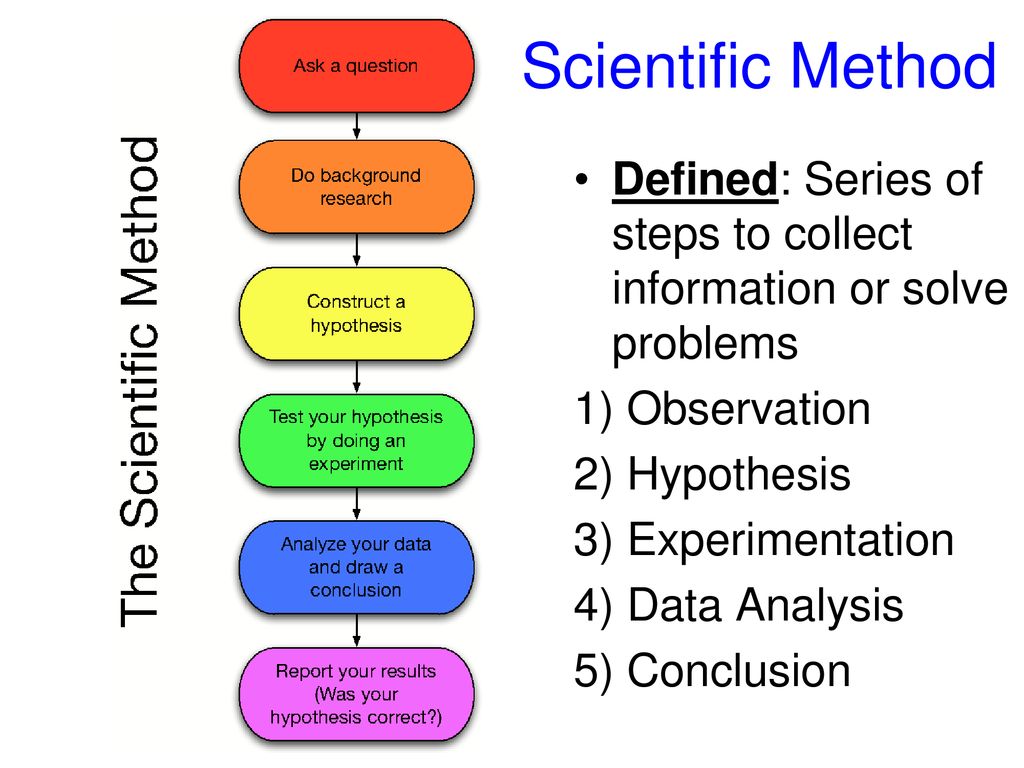 In response, antipositivists emphasized that social actions must be studied though interpretive means based upon an understanding the meaning and purpose that individuals attach to their personal actions, which inspired Georg Simmel’s work on symbolic interactionism, Max Weber’s work on ideal types, and Edmund Husserl’s work on phenomenology.
In response, antipositivists emphasized that social actions must be studied though interpretive means based upon an understanding the meaning and purpose that individuals attach to their personal actions, which inspired Georg Simmel’s work on symbolic interactionism, Max Weber’s work on ideal types, and Edmund Husserl’s work on phenomenology.
In the mid-to-late 20 th century, both positivist and antipositivist schools of thought were subjected to criticisms and modifications. British philosopher Sir Karl Popper suggested that human knowledge is based not on unchallengeable, rock solid foundations, but rather on a set of tentative conjectures that can never be proven conclusively, but only disproven. Empirical evidence is the basis for disproving these conjectures or “theories.” This metatheoretical stance, called postpositivism (or postempiricism), amends positivism by suggesting that it is impossible to verify the truth although it is possible to reject false beliefs, though it retains the positivist notion of an objective truth and its emphasis on the scientific method.
Likewise, antipositivists have also been criticized for trying only to understand society but not critiquing and changing society for the better. The roots of this thought lie in Das Capital , written by German philosophers Karl Marx and Friedrich Engels, which critiqued capitalistic societies as being social inequitable and inefficient, and recommended resolving this inequity through class conflict and proletarian revolutions. Marxism inspired social revolutions in countries such as Germany, Italy, Russia, and China, but generally failed to accomplish the social equality that it aspired. Critical research (also called critical theory) propounded by Max Horkheimer and Jurgen Habermas in the 20 th century, retains similar ideas of critiquing and resolving social inequality, and adds that people can and should consciously act to change their social and economic circumstances, although their ability to do so is constrained by various forms of social, cultural and political domination. Critical research attempts to uncover and critique the restrictive and alienating conditions of the status quo by analyzing the oppositions, conflicts and contradictions in contemporary society, and seeks to eliminate the causes of alienation and domination (i.e., emancipate the oppressed class). More on these different research philosophies and approaches will be covered in future chapters of this book.
Critical research attempts to uncover and critique the restrictive and alienating conditions of the status quo by analyzing the oppositions, conflicts and contradictions in contemporary society, and seeks to eliminate the causes of alienation and domination (i.e., emancipate the oppressed class). More on these different research philosophies and approaches will be covered in future chapters of this book.
What is scientific research and what are its objectives?
Definition of scientific research
There are many definitions of scientific research, including that it represents a systematic method that follows many successive steps, that start from problem knowledge and analysis, collecting and documenting data to derive a range of solutions arising from the analysis. Moreover, comparison and statistics. It is also a systematic and systematic investigation to validate facts, or establish new facts if scientific methods and methods are followed during scientific research, reporting and results. Others see that scientific research is a systematic study designed to meet the lack of knowledge, to compile and link things and concepts spread or mixed in understanding or application, or to achieve new scientific knowledge derived from the procedures and results of scientific research.
Others see that scientific research is a systematic study designed to meet the lack of knowledge, to compile and link things and concepts spread or mixed in understanding or application, or to achieve new scientific knowledge derived from the procedures and results of scientific research.
The objectives of scientific research vary according to its type and the nature of the result it will reach. The most important objectives of scientific research are:
1- Access to new facts:Using systematic thinking, analyzing phenomena and problems and seeking solutions to them, based on reliable facts, allows us to draw new facts and recommendations.
2- Scientific Description:The analysis of a phenomenon and trace its basis and refute its causes and analyze its symptoms to reach the exact scientific description of it, by completing the parts of scientific research and analysis of the problem or hypothesis and its components and their apparent and hidden implications and to reach an objective description, including guidance for optimal solutions.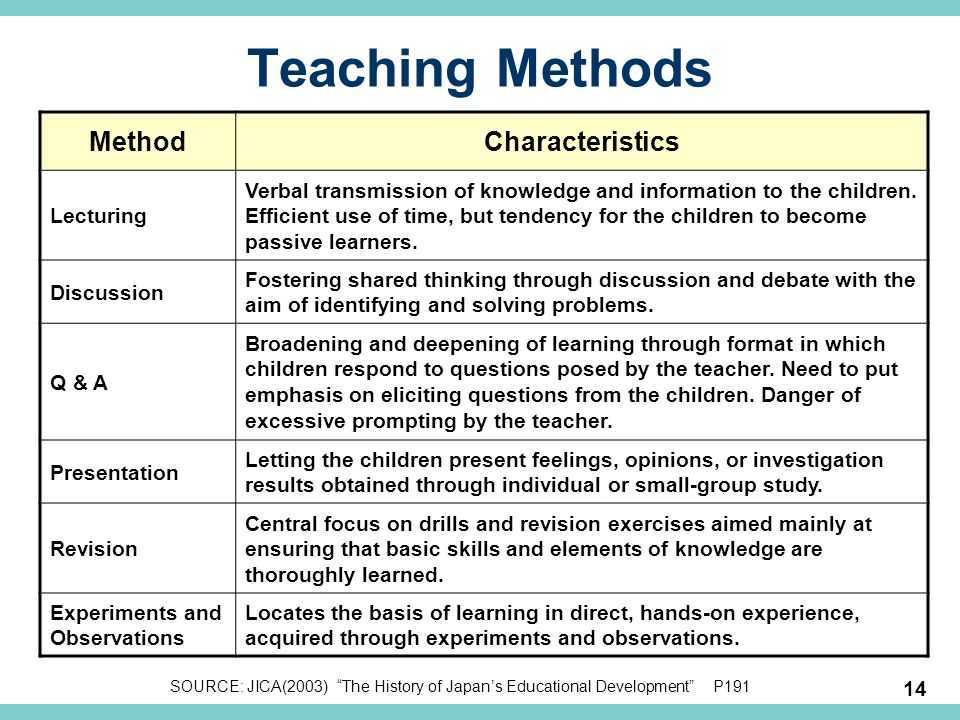
It is a prediction based on scientific evidence, documented methodology and consecutive logical steps, all of which will ensure access to future knowledge as close to the truth with the right scientific research.
4- Provide logical solutions to problems:The subject of scientific research revolves around an intractable problem, the researcher resorted to refute it and solve it through scientific research and put forward hypotheses, observation, measurement, and others, but it is finally able to put forward a number of solutions supported by scientific evidence, and field experiments confirmed their feasibility and validity.
5- Innovation and Renewal:If you look at inventions and high-quality products, you will find that they are designed according to ideal standards resulting from a huge number of research and experiments, based on research on new facts, information and experiences will allow the researcher to reach new and innovative results based on the latest facts and research.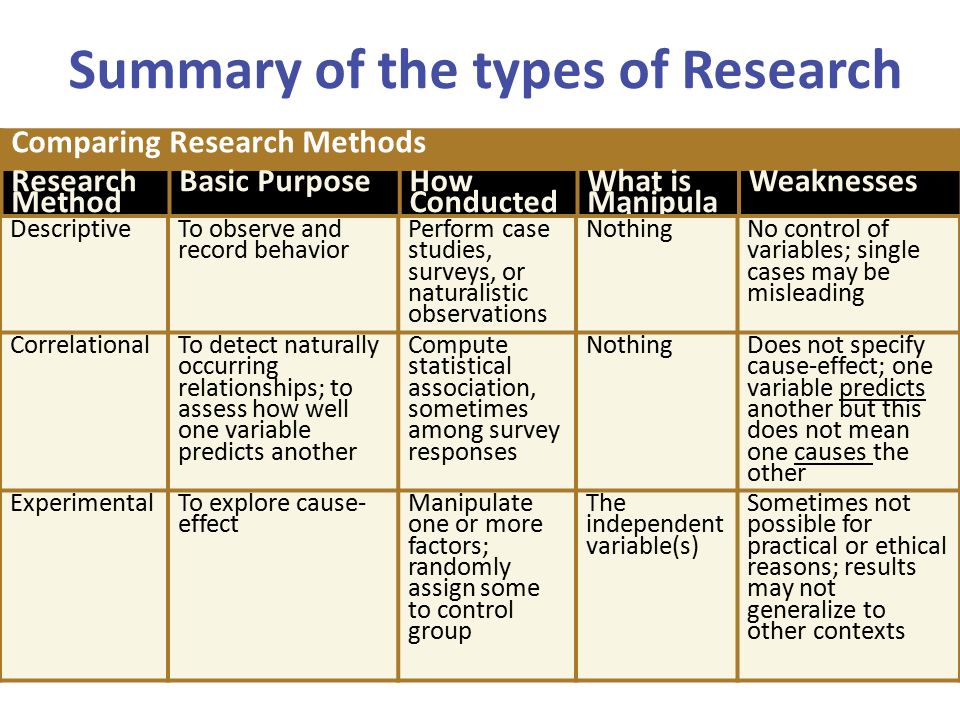
-If we apply the above to do research in any field, let it be in the field of engineering for example. It will be very interesting. Especially if you are interested in architecture. All you have to do is choose the research problem according to the above. Let it be a city that retains its identity from ancient times until now. Your research will originate according to the above steps until you find a solution to this research problem. Let me show you that one of the largest international platforms from which you can display your search is The 4th International Conference "Cities’ Identity Through Architecture and Arts (CITAA)
Research paper will be submitted via www.ierek.com\citaa
21. Purpose of scientific research, object and subject of research
Scientific research - study various scientific methods of this or other phenomenon or process.
The purpose of scientific research is to obtain still unknown knowledge about the phenomenon or process and further useful use of this knowledge in practical activities.
Purpose of the study, set in the work, this is what seeks the applicant in his scientific research, that is, the end result work. The purpose of the work is usually consonant the title of the dissertation topic research. The purpose of the work may be description of a new phenomenon, study of it characteristics, identifying patterns etc. Research goal statement usually begins with a preamble: "develop ..", "install ...", “substantiate…”, “reveal…”, etc.
Scientific research has two components:
– object of scientific research;
- the subject of scientific research.
Under the object of scientific research understand material system, and under the subject structure patterns of interaction of elements (factors) of this system.
Main difference between the subject of study and the object research is that the subject research is part of the facility research.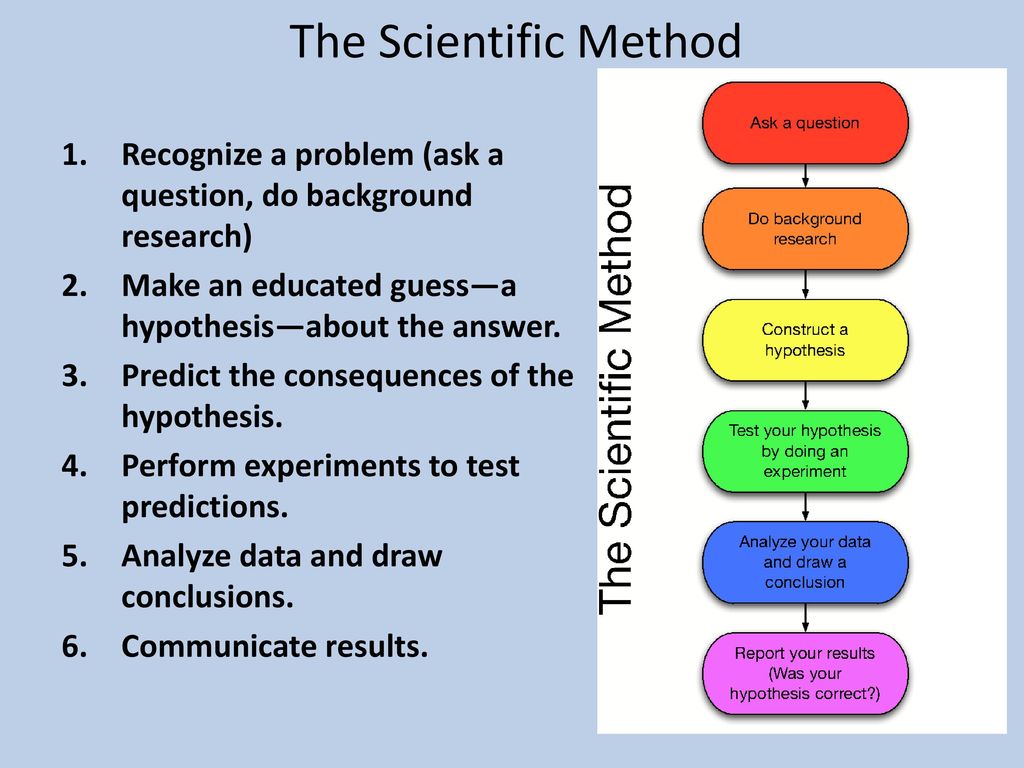 That is, under the subject research is understood to be significant with theoretical or practical point view of a property, feature or side object. In each object of study there may be several items research and researcher concentration on one of them means the other subjects of research are left out on the interests of the researcher.
That is, under the subject research is understood to be significant with theoretical or practical point view of a property, feature or side object. In each object of study there may be several items research and researcher concentration on one of them means the other subjects of research are left out on the interests of the researcher.
According to the intended purpose, there are three type of scientific research: fundamental, applied and developments.
Basic research aimed at discovering and studying new phenomena and laws of nature, creation of new research principles. Its goal is to expand the scientific knowledge of society, establishing that can be used in practice human activities. Such studies are conducted on the border of the known and unknown, have the greatest degree of uncertainty.
Applied research focused on finding ways use the laws of nature to creating new and improving existing means and methods human activity.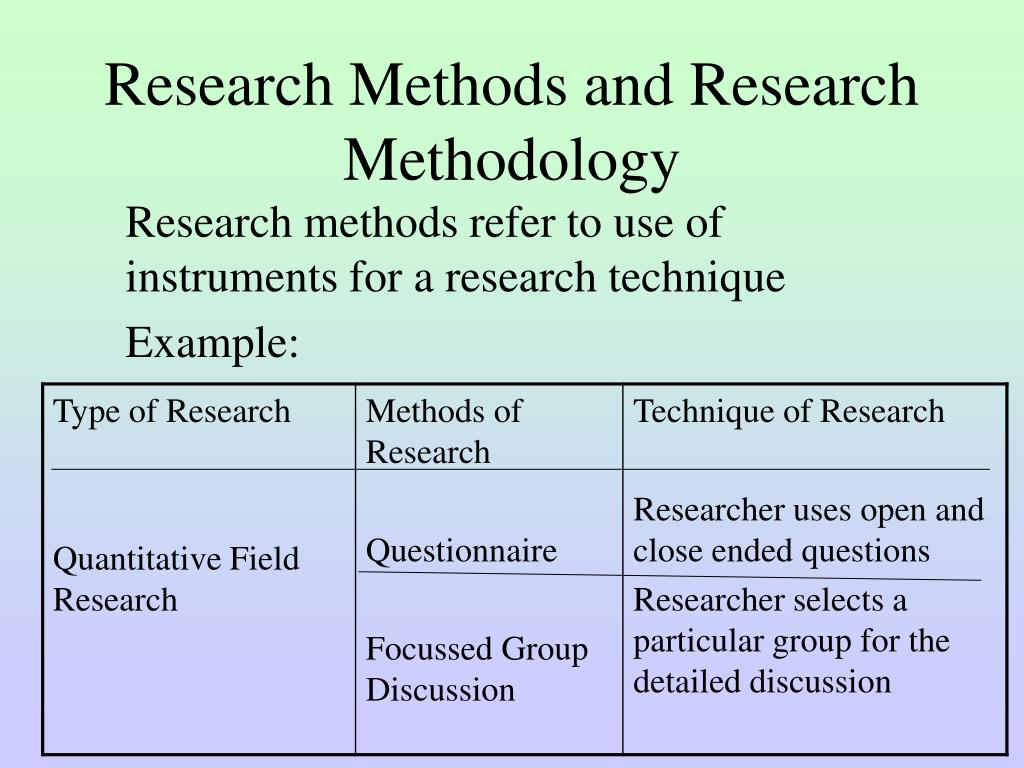 Target - determining how to use scientific knowledge resulting from fundamental research, in human practical activity.
Target - determining how to use scientific knowledge resulting from fundamental research, in human practical activity.
As a result of applied research on the basis of scientific concepts are created technical terms. Applied research, in turn, is subdivided for search, research and development work.
Exploratory studies sent to determine the factors influencing to the object, finding ways to create new technologies and techniques based on methods proposed as a result fundamental research. AT as a result of research works new technologies are created, pilot plants, instruments, etc. The purpose of development work is is the selection of constructive characteristics that determine the logical the basis of the structure. As a result fundamental and applied research a new scientific and scientific and technical information.
Question No. 23. R&D sequence:
-
Formulated topic as a result of general acquaintance with a problem and is being developed feasibility study Topics.
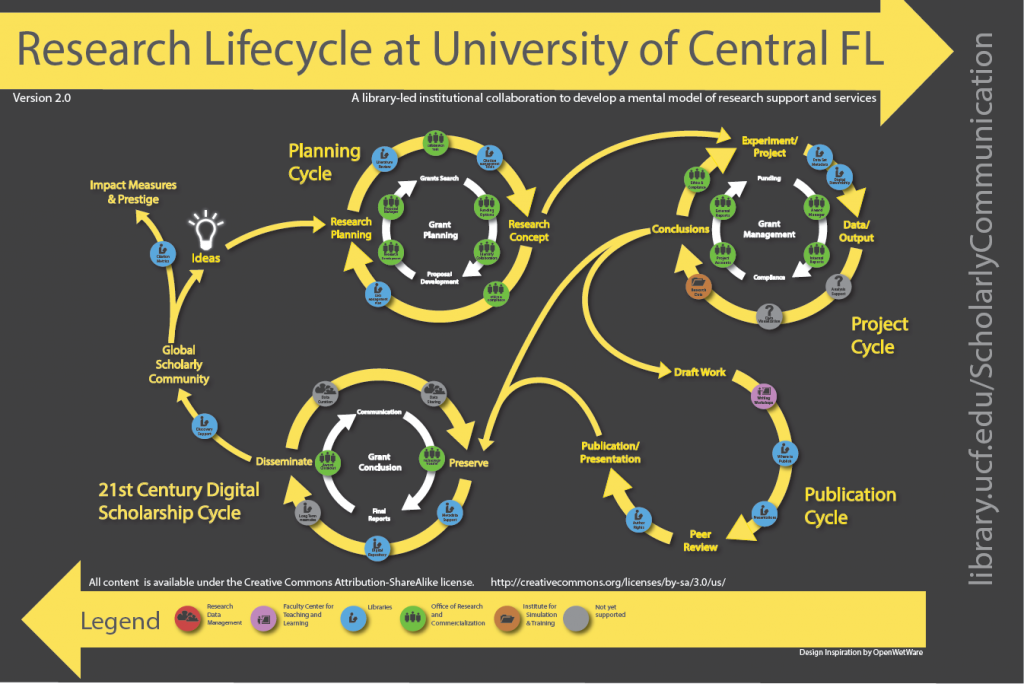 At the stage of preparation of TO, it is determined scope of expected research results, expected economic effect, are indicated intended social outcomes and the conclusion is made about the need for research.
At the stage of preparation of TO, it is determined scope of expected research results, expected economic effect, are indicated intended social outcomes and the conclusion is made about the need for research. -
Theoretical research. Analysis (review) of literature and other sources (search, selection and study; critical analysis - advantages and disadvantages of existing problem solving; generalization of information).
-
Formulation of the problem or tasks (goal and objectives; solutions; establishment of assumptions and restrictions to a decision; choice of methods of scientific research). Methodological solutions are formulated in the form of methodological instructions for the experiment.
-
Drafting work plan, which includes scope of work, methods, technique, labor intensity and deadlines.
-
conducting experiment (goals, objectives and planning; methodology of experiment and measurements; assessment of the reliability of measurements; creation experimental setup; conducting experiment; data processing).
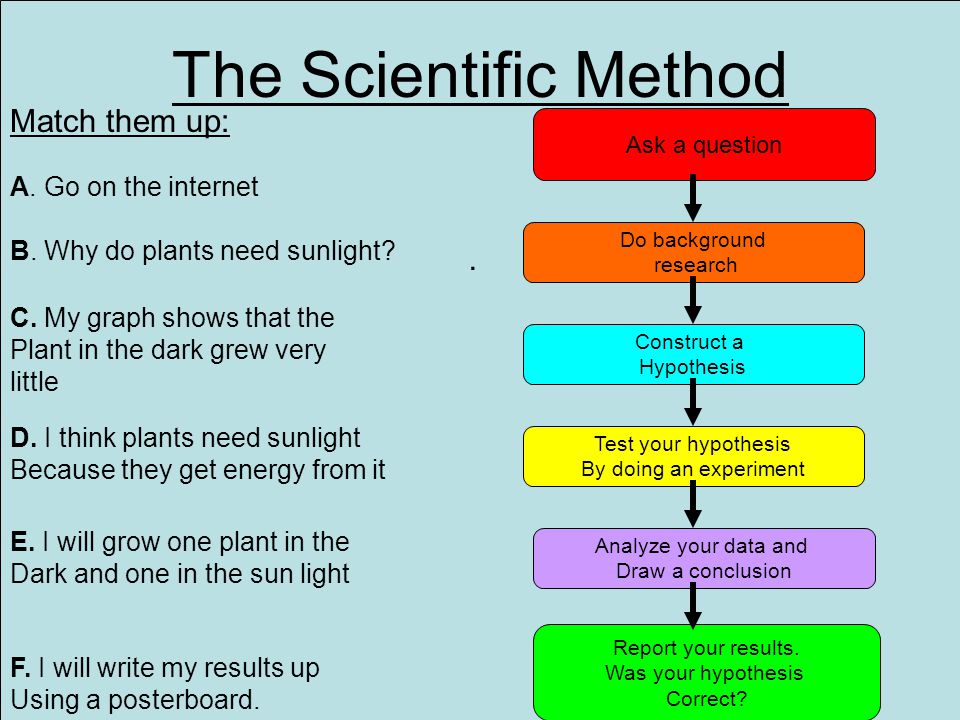
-
Analysis of results scientific research (comparison results of theory with practice and adequacy assessment; refinement of models if necessary in case of no confirmation adequacy; work inferences). Scientific and industrial conclusions and a scientific and technical report.
-
Implementation research results into production and assessment of the practical value of scientific research (calculation of the technical and economic the effectiveness of the proposed solutions; formulation of practical recommendations for production).
-
Successful completion all stages of work makes it possible submit a sample to the state test. Sample is allowed in series production, carried out control and advice.
Implementation of all stages of scientific research allows as a whole to prepare a complete scientific work, including master's thesis.
Determining the purpose and objectives of scientific research
- What is the purpose and objectives of research?
- The purpose of the study: isolate and describe
- Research tasks and their compilation
- Examples of the purpose and objectives of the study
What is the purpose and objectives of the study?
The purpose and objectives of the study are two obligatory points when writing any scientific work.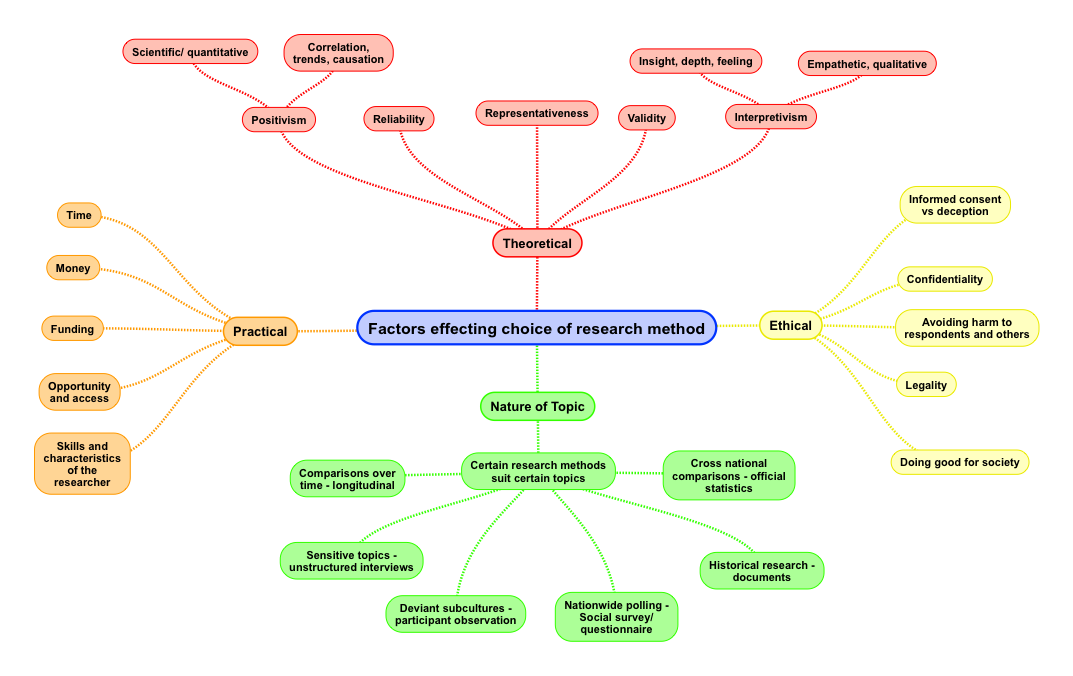 When writing an introduction in a term paper or diploma, the goal and objectives should be reflected in it. If an introduction is not expected in a scientific work, for example, this is an article or an essay, then the goal and objectives should be located in the first paragraphs, only relevance can get ahead of them.
When writing an introduction in a term paper or diploma, the goal and objectives should be reflected in it. If an introduction is not expected in a scientific work, for example, this is an article or an essay, then the goal and objectives should be located in the first paragraphs, only relevance can get ahead of them.
The goal determines the expected result of the work, it is always directed to the object of study, and the tasks are the algorithm for achieving this goal. Already in describing the relevance of the ongoing research, it is necessary to decide what the goal of future work is.
As for the objectives of the study, each of them, together with others, should lead to the achievement of the expected result. The easiest way to define research objectives is to rewrite paragraphs from the work plan. This option often suits teachers, however, if when writing a term paper or diploma you are urged not to confuse tasks with the content of the work, it will be better if you meet 1-2 theoretical tasks “to study literature, concepts, analyze the situation”, and do the rest of the tasks more specific. This may be the development and testing of methods for solving a problem, the search and formulation of a new hypothesis, the choice of research methods, etc.
This may be the development and testing of methods for solving a problem, the search and formulation of a new hypothesis, the choice of research methods, etc.
The main thing is that the resulting list of actions should be not just an automatic list of tasks completed by the student, but also be a guide to action. That is, it is necessary to strive to ensure that the results of the research can be applied in practice - used in production, resolve a difficult economic situation, etc.
Determining the purpose of the study its writing, that is, the final predicted result of the work. It affects all the accompanying sections of the introduction to the course or graduation project, especially the relevance of the topic. At the time of setting the goal, you may not even know how achievable it is.
What can serve as a goal:
- Development of methods for solving a problem in any area.
- Set dependencies between scientific concepts.
- Search for causal relationships between phenomena.
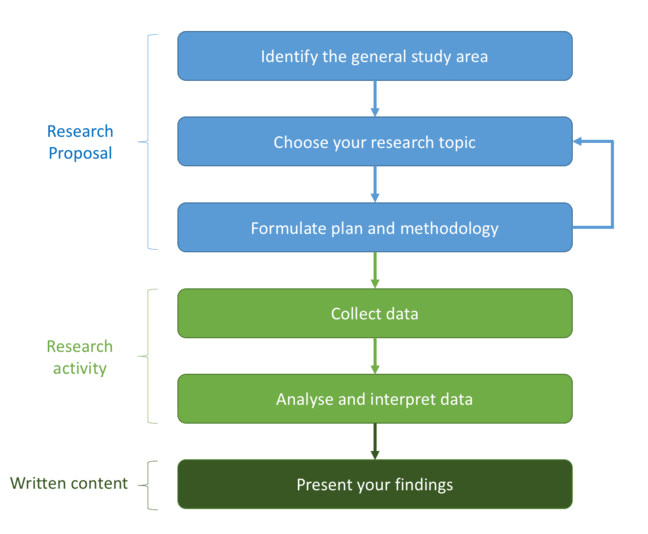
- Identification of patterns in the course of processes.
- The study of the characteristics of a phenomenon.
Usually the goal is consonant with the title of the work - this should be taken into account when highlighting it. If, nevertheless, difficulties arise, it is worth discussing the goal with the supervisor in advance so that you do not have to rewrite the already finished work. The work is quite voluminous and the formulation of the goal becomes cumbersome? Break it down into specific subtasks and highlight the main one - it will be the overall goal. Move the remaining sub-items to the research tasks section - this way you will be able to kill two birds with one stone. Nobody can accuse you that such approach is wrong as in any case tasks are defined proceeding from the purpose.
The definition of purpose begins with the phrase “The purpose of the study is…” or “The purpose of the work is to…”. These are generally accepted formulations that should not be deviated from when writing any scientific text.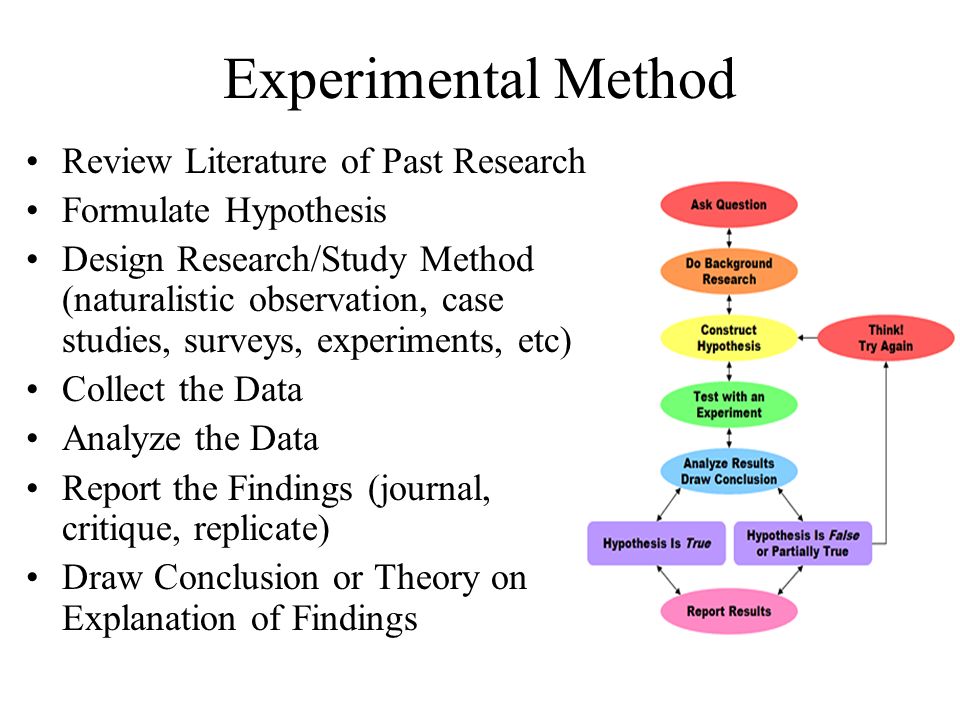 Use keywords like "define", "highlight", "develop", "clarify", etc.
Use keywords like "define", "highlight", "develop", "clarify", etc.
The resulting goal can be both final and intermediate - it all depends on the subject of the course or diploma project, as well as its depth. A superficial analysis of the situation can serve as a goal for theoretical research, but the development of recommendations can serve as the basis for further practical actions.
Research objectives and their compilation
Research objectives are the steps that need to be taken gradually until the goal of the same research is achieved. In other words, tasks are sometimes sub-items into which the overall goal of the work is divided.
When writing a list of tasks, you should remember the typical mistakes that many students make:
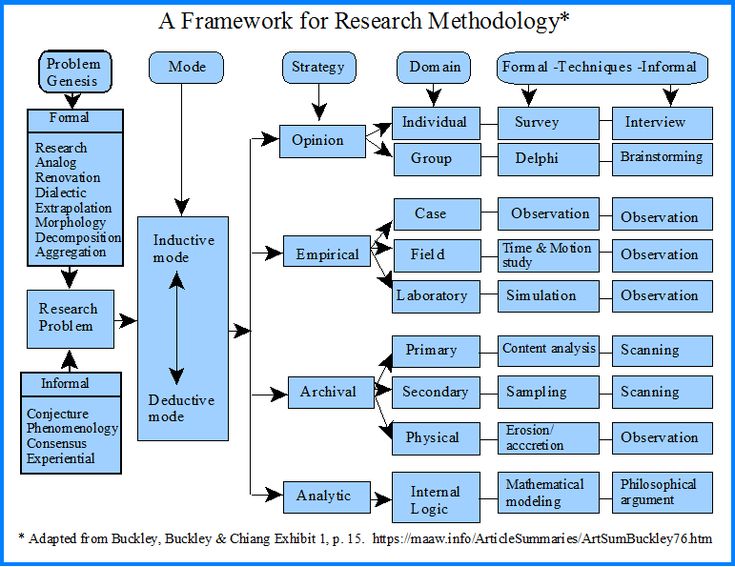
As already mentioned, the abstract, term paper or thesis should be a single whole, united in one structure and connected by a common theme. At the same time, it is desirable that the results of writing a term paper or diploma are not just a set of well-known facts about the chosen branch of knowledge, but bring something new to theoretical science or be used in practice. Therefore, one of the tasks of the work should be to identify links with real production or already ongoing research.
Coursework or WRC usually have sufficient volume, so at least 3 tasks should be identified in the course of work. They can refer both to analytical activity or systematization of already studied phenomena (theory), and to the study and development of a problem (practice).
If, after writing a diploma (WRC) it turns out that the tasks set cannot lead to the goal of the study in any way, we can conclude that the means used in the work were ineffective and irrelevant.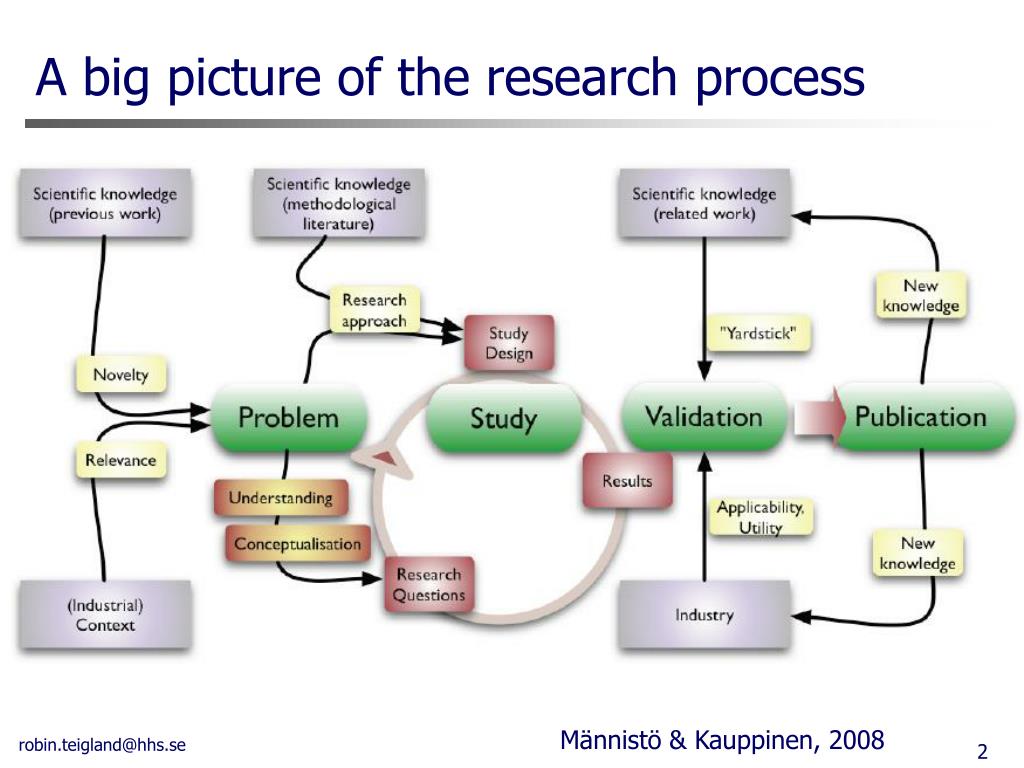 In other words, a negative result is also a result.
In other words, a negative result is also a result.
Read also: How to increase the level of originality of the text in the term paper, thesis
Sample 1
The purpose of the master's work is to develop and evaluate the real possibilities of organizing the production of plastic windows on the basis of the operating enterprise Okna+ LLC.
The goal determined the solution of the following tasks:
- to study the essence of the proposed project for the production of plastic windows;
- to calculate and justify the efficiency of the organization of production of plastic windows.
Sample 2
The purpose of the work is to analyze the institution of exemption from punishment, its types and features of their application.
To achieve this goal, the following tasks were set:
- to consider the concept and essence of release from punishment;
- to consider the history of formation and the current state of the legal regulation of this institution;
- identify the characteristics of individual widows of exemption from punishment.
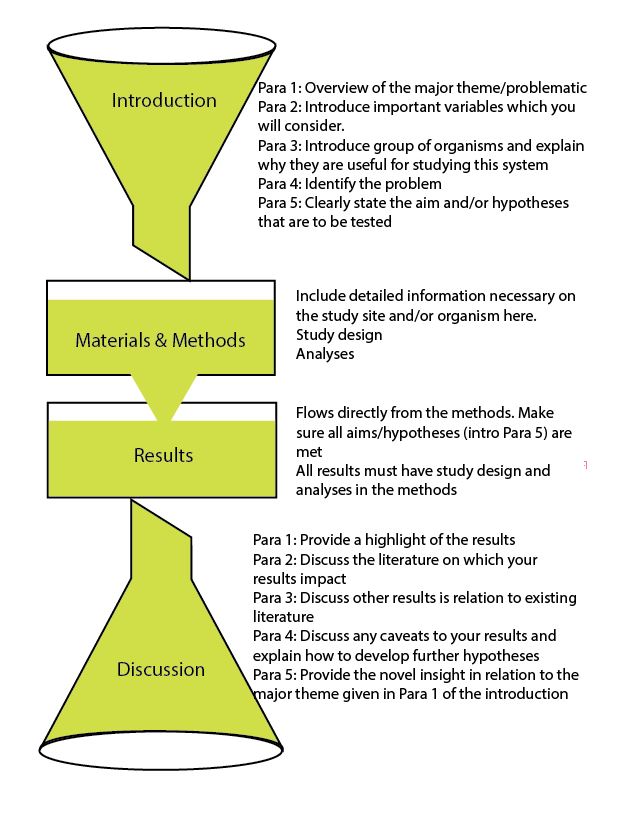
Sample 3
The purpose of the study is to analyze the problems and prospects for improving the internal environment of the local government, using the example of the Financial Department of the Blagoveshchensky District Administration of the Amur Region.
Tasks to be solved during the practice:
- to analyze the influence of internal factors on the efficiency of the municipal government, on the example of the Financial Department of the Blagoveshchensky District Administration of the Amur Region;
- suggest directions for improving the internal environment of the Financial Department of the Blagoveshchensky District Administration of the Amur Region.
Sample 4
The purpose of the work is to consider the features of oral folk art and study its role in shaping the personality of a child.
Tasks:
1. Consider the concept of folklore, determine its essential characteristics;
2.